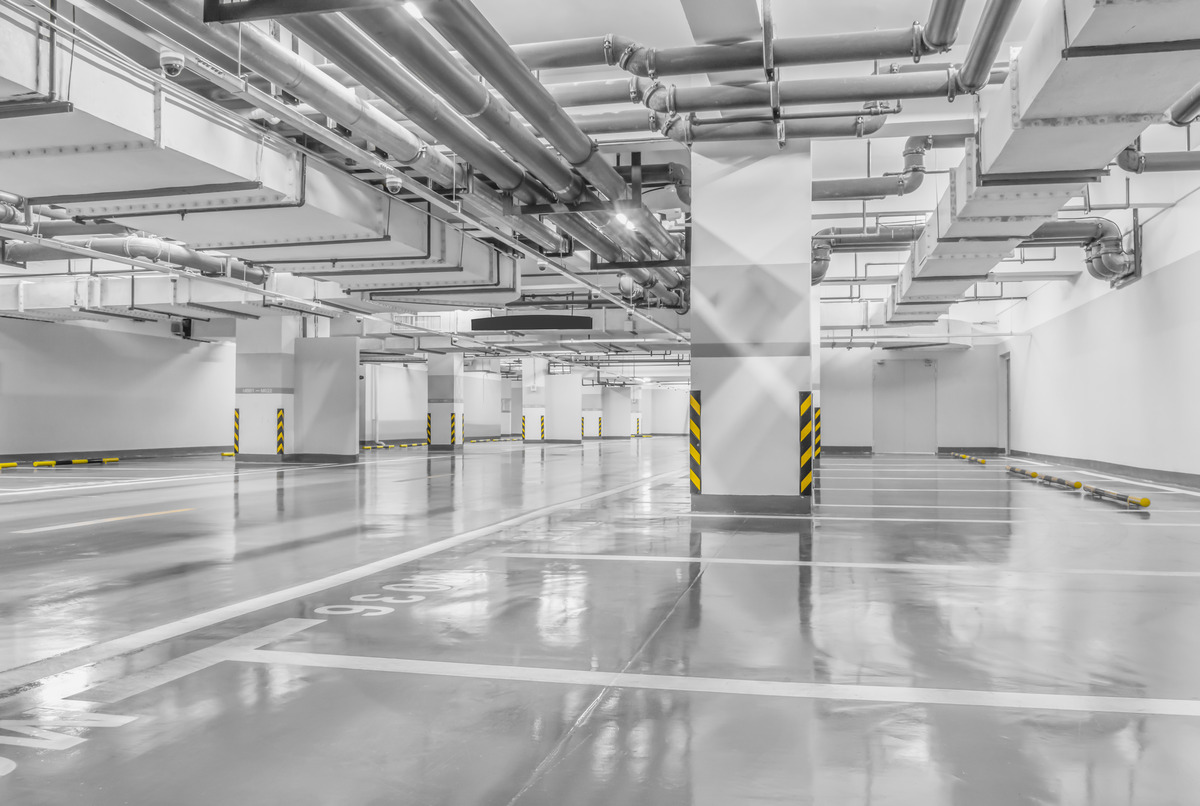How Cold Storage Flooring Affects Your Operational Efficiency

In the complex world of cold storage facilities, every component matters in achieving optimal operational efficiency. Among these, cold storage flooring plays a pivotal role, often overlooked in its critical impact on overall functionality and performance. This foundational element not only bears the weight of heavy daily operations but also ensures that temperature regulation is consistent, contributing significantly to energy efficiency and the preservation of stored goods.
Understanding the nuances of cold storage flooring is essential for facility managers aiming to enhance operational efficiency. The right flooring solution can address a myriad of challenges unique to cold environments, such as temperature fluctuations and moisture control. This introduction embarks on a detailed exploration of how flooring choices directly influence operational costs, safety, and the longevity of the facility itself. By dissecting the characteristics and benefits of various flooring options, this discussion aims to guide decision-makers toward making informed investments in their cold storage flooring solutions.
Understanding the Unique Challenges of Cold Storage Environments
Cold storage environments are distinctive in their requirements due to the extreme conditions they must maintain. These facilities, designed to preserve perishable goods, face unique challenges that demand specific considerations for operational efficiency. The primary hurdle is the constant low temperatures required, often below freezing, that can affect not only the stored goods but the building structure itself, including the flooring. This environment has to counteract the thermal expansion and contraction of materials, a factor that can lead to durability concerns over time.
Moreover, the presence of moisture, either from the goods being stored or as a byproduct of freezing and thawing cycles, introduces additional complexities. Proper flooring in cold storage facilities must offer moisture resistance to prevent the growth of mold and bacteria, which can compromise the quality of perishable items. Furthermore, these conditions require flooring solutions that enhance safety for employees, minimizing slips and falls in icy or wet conditions. Selecting the appropriate flooring for cold storage environments, therefore, requires a careful assessment of materials and technologies that can meet these rigorous demands while supporting operational efficiency.
The Impact of Flooring on Cold Storage Operations
The choice of flooring in cold storage facilities has a profound impact on operational efficiency and safety. Thermal conductivity and insulation properties are paramount. Floors with poor thermal properties can lead to uneven cooling, requiring more energy to maintain the desired temperatures and thereby increasing operational costs. Conversely, flooring with good insulation helps stabilize temperatures, resulting in lower energy consumption and costs. This stability is crucial to preserving the quality of stored goods and ensuring the facility’s energy efficiency.
Durability and maintenance are also critical factors influenced by flooring choice. In an environment where heavy machinery and frequent foot traffic are the norms, floors must withstand constant wear while requiring minimal maintenance to avoid operational disruptions. Moreover, safety considerations cannot be overstated; the flooring must provide adequate traction to prevent slips and falls in wet or icy conditions. Innovative materials and technologies now offer flooring solutions tailored to these needs, combining durability, safety, and energy efficiency to enhance cold storage operations significantly. Choosing the right flooring, therefore, becomes a strategic decision that can impact a facility’s bottom line and overall safety.
Flooring Materials and Technologies for Enhanced Operational Efficiency
In the quest for enhanced operational efficiency, innovations in flooring materials and technology play a crucial role. Traditional concrete floors, while durable, may not always offer the best insulation or resistance to moisture. Emerging materials such as polymer-modified concrete and epoxy coatings have emerged as superior alternatives. They provide enhanced durability against the extreme conditions of cold storage environments, including resistance to thermal shock and chemicals. Additionally, these materials can be engineered to improve safety by incorporating non-slip textures.
Technological advancements are also shaping the future of cold storage flooring. Systems such as underfloor heating help maintain consistent temperatures, reducing the energy required for air cooling and thereby enhancing energy efficiency. Similarly, antimicrobial flooring technologies are becoming increasingly popular, offering an added layer of protection against the growth of mold and bacteria, which is crucial in a setting where food preservation is often a concern. Selecting the right combination of materials and technology thus becomes a balancing act, aiming to ensure that the flooring not only supports the operational demands of cold storage but also contributes to a safer, more efficient environment.
Key Takeaway
The critical role of cold storage flooring in the efficiency and safety of cold storage operations cannot be overstated. As we have explored, the choice of flooring impacts everything from energy consumption and operational costs to employee safety and product preservation. The advancements in flooring materials and technologies offer significant opportunities for facilities to enhance their operational efficiency and environmental control.
Facility managers are thus encouraged to consider these insights when assessing or upgrading their cold storage flooring. Investing in the right flooring solution is not merely a matter of infrastructure but a strategic decision that affects the facility’s overall performance and sustainability. With the right flooring underfoot, cold storage operations can achieve their full potential, safeguarding the quality of stored goods while optimizing energy use and ensuring a safe working environment for employees.











